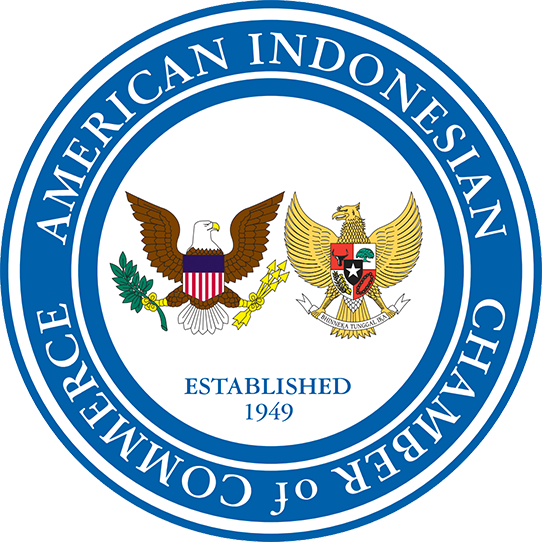We are starting to see the glimmer of a new strategy for how Indonesia wants to do business and it may have less to with the US dollar.
Foreign exchange ratios have been a hot topic among Indonesia’s policy makers ever since June of 2014 when the first news of the end of Fed easing caused financiers to pull money from emerging markets such as Indonesia and the rupiah suffered. After years of trading in the 9,000 range, its been in the 12,500-13,000 for several months now. Even though Finance Minister Brodjonegoro said in January “12,500 is already a good rate to maintain our competitiveness,” many companies would disagree. For exporters selling goods priced in dollars who don’t need to source components a weaker currency is great news, but for those who need dollars to buy inputs, its been tough going. Increased prices for electricity and higher costs for inputs have forced some exporters out of business.
Concerned over an ongoing current account and trade deficit, policy makers have pursued fiscal programs that -short of currency controls-try to limit foreign exchange transactions. Among these are:
- Mineral export bans, required local smelting and downstream processing
- Beef import bans
- Crude palm oil export tax levied to build a biodiesel industry. The same policy may eventually be applied to coffee and rubber.
- Regulation requiring 50% of reinsurance policies to be paid to a state owned reinsurance company rather than offshore providers.
- Planned tax amnesty to attract offshore funds
- Investment policies promoting “value-added” manufacturing as a priority such as a regulation to ban sale of cell phones not made in Indonesia.
Along with the fiscal import substitution policies we are also seeing other monetary moves to be less dependent on the US dollar for transactions. Although the idea has died, there were rumors that Indonesia would price its energy exports in other currencies not dollars. Bank Indonesia announced last week that as of July 1 all domestic transactions have to be in rupiah. (cash transactions in foreign currencies have been banned since 2011). Eko Yulianto, acting director of money management at Bank Indonesia, said there was demand for at least $6 billion each month for domestic transactions, which the bank hopes to cut once the new regulations are in force. “There are still a lot of transactions using foreign exchange and that has added to pressure on our exchange rate,” Yulianto told a briefing on Thursday, adding that companies in textiles, pharmaceuticals, chemicals and the oil and gas sector often used the dollar for domestic payments. “We don’t want a dollarized economy so we need to uphold the sovereignty of the rupiah,” he said.
Countries that share Indonesia’s problems with a strong dollar such as Russia are already aligning themselves accordingly. In a recent bilateral economic meeting Russian Minister of Industry Denis Manturov indicated that the Russian government hopes to localize more fertilizer production in Indonesia and start making payments in rupiah for products it buys from Indonesia. “We have experience in switching to contract payments in national currencies with India, China” said Manturov.
The China-led Asian Infrastructure Investment Bank (AIIB) is slated to bring tens of billions in investment and project finance to Indonesia. Although the bank has yet to launch, 50 countries have agreed to join, including all of Indonesia’s major trading partners except the US and Japan. Given China’s huge balance of dollars, estimated to be $8 trillion, its unlikely China will be as quick as Russia to meet Indonesia’s terms. Thus, we can probably expect that PLN, Indonesia’s electricity monopoly, will continue to write power purchase agreements (PPA) with foreign investors in dollars. But that could change, especially China is agreeable to rupiah PPA’s.
I personally think Indonesia is overly concerned by a strong dollar and the end of Fed easing. Given the rosy reports from BKPM (the Investment Coordinating Board) Indonesia is attracting large amounts of foreign investments. So its negative current accountpositions may have more to do with the importation of capital goods than US Fed policy. (In fact there was a trade surplus in March due to the drop in oil imports. ) The best path to a stronger rupiah is to promote an open investment regime with fewer strings attached (meaning less nationalism), strengthen the rule of law, and fully implement an infrastructure investment program. If that can be achieved the momentum of the country’s economy and youthful population will win out over fluctuations in exchange rates. But meanwhile, US companies should expect Indonesia to make more use of policies that maximize the use of rupiah for transactions.






Leave A Comment